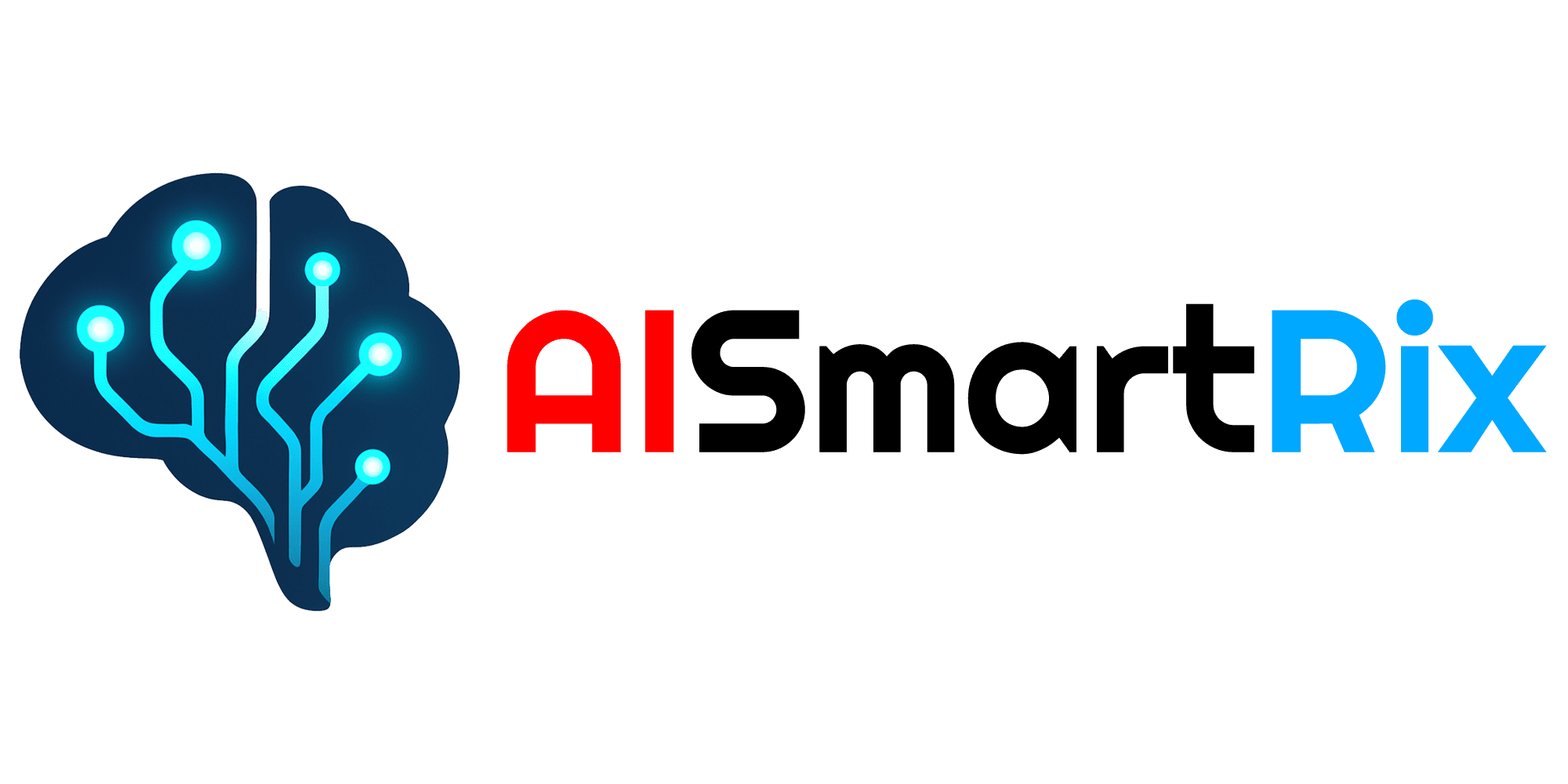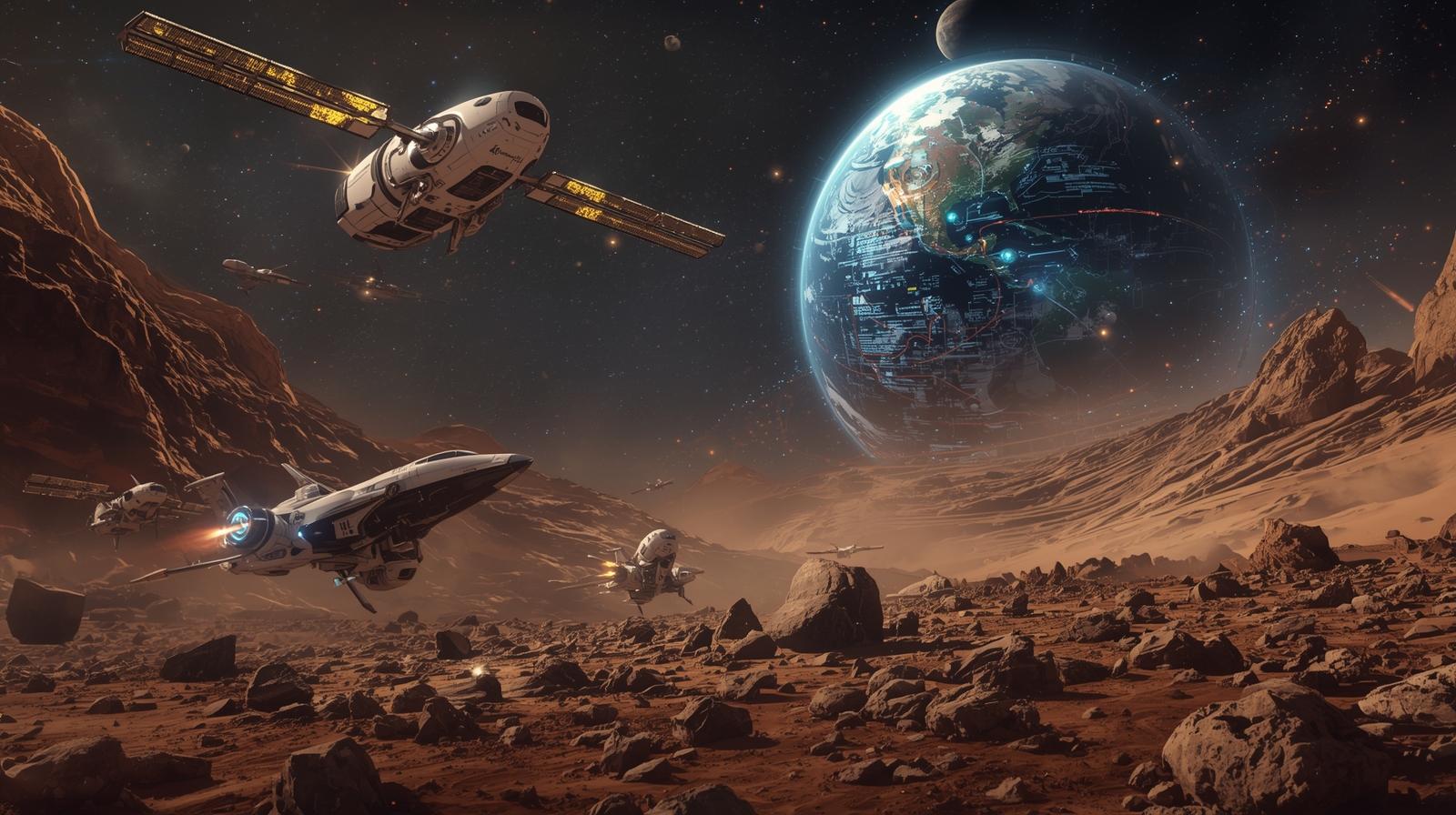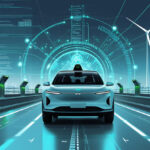AI and Space Exploration: Smarter Robots Beyond Earth
The final frontier is no longer just a realm of human astronauts and telescopes. Artificial Intelligence (AI) is revolutionizing space exploration, empowering robots, satellites, and spacecraft to perform tasks autonomously, make real-time decisions, and extend humanity’s reach beyond Earth. From Mars rovers to deep-space probes, AI is reshaping how we study planets, asteroids, and the cosmos.
In this article, we explore how AI powers space robotics, its applications in exploration and research, and the future of autonomous space missions in 2025 and beyond.
1. The Role of AI in Modern Space Exploration
Space exploration is complex, remote, and often dangerous. AI solves many challenges by:
- Enabling autonomous decision-making: Robots can navigate unknown terrains, detect hazards, and prioritize scientific tasks.
- Processing massive data: AI analyzes astronomical images, spectral data, and sensor readings faster than humans.
- Optimizing missions: Machine learning predicts equipment failures, manages energy resources, and adjusts trajectories.
AI allows long-duration missions to operate with minimal human intervention, increasing efficiency and safety.
2. AI-Driven Rovers and Landers
Robotic rovers are the forefront of AI in space:
- Mars Rovers (Perseverance, Curiosity): Use AI to navigate Martian terrain, identify rocks of scientific interest, and autonomously plan exploration routes.
- Lunar Rovers: Equipped with AI-driven sensors to explore craters and detect potential resources for future lunar bases.
- Autonomous hazard detection: AI prevents accidents by analyzing soil, slope, and obstacles in real-time.
These intelligent machines extend the reach of human curiosity, enabling continuous exploration in harsh environments.
3. Satellites and AI for Earth Observation
AI isn’t limited to other planets—it’s transforming Earth observation:
- Climate monitoring: AI algorithms process satellite imagery to detect deforestation, ice melt, and air pollution trends.
- Disaster prediction: Machine learning helps forecast hurricanes, floods, and volcanic activity.
- Resource management: AI identifies water reservoirs, agricultural patterns, and mineral deposits.
This integration of AI improves our understanding of Earth while informing sustainable policies.
4. Deep Space Exploration and AI
For missions beyond the solar system, AI is crucial:
- Autonomous spacecraft navigation: AI guides probes through asteroid belts and gravitational fields without real-time human input.
- Scientific discovery: AI analyzes telescope data to detect exoplanets, black holes, and cosmic phenomena.
- Communication efficiency: AI prioritizes which data to transmit back to Earth, reducing bandwidth usage over vast distances.
With AI, space agencies can undertake missions previously considered impossible due to distance and complexity.
5. AI and Space Robotics in Human Missions
AI supports not only robotic missions but also human spaceflight:
- Assisting astronauts: AI-powered robots can perform maintenance, monitor health, and assist in experiments.
- Habitat management: Machine learning optimizes energy use, life support systems, and habitat safety.
- Exploration planning: AI simulates potential scenarios, improving mission preparation and risk assessment.
This collaboration between humans and AI enhances productivity and safety during space missions.
6. Challenges and Considerations
Despite its potential, AI in space presents challenges:
- Reliability: Space conditions—radiation, temperature extremes, and microgravity—can impact AI hardware and software.
- Ethical considerations: Autonomous systems making critical decisions raise questions about accountability.
- Data overload: AI must process enormous amounts of data without human supervision.
Addressing these issues is essential for sustainable and successful AI-enabled space exploration.
7. The Future of AI in Space
The coming years promise groundbreaking advancements:
- Self-replicating robots: AI could manage robotic factories for lunar or Martian bases.
- Autonomous deep-space mining: Intelligent machines could extract resources from asteroids for fuel and construction.
- AI-driven interstellar probes: Future missions may rely entirely on AI to explore distant star systems.
- Enhanced human-AI collaboration: Astronauts and intelligent systems will work seamlessly to push the boundaries of space exploration.
AI will continue to expand humanity’s reach, accelerate discovery, and make space missions more efficient and safer.
Conclusion
AI is not just assisting space exploration—it is leading the charge. From navigating alien terrains and analyzing astronomical data to supporting human astronauts and enabling autonomous spacecraft, AI is transforming our approach to the cosmos.
How do you envision AI shaping the next era of space exploration, and which innovation—Mars rovers, autonomous spacecraft, or AI-guided telescopes—excites you the most?





